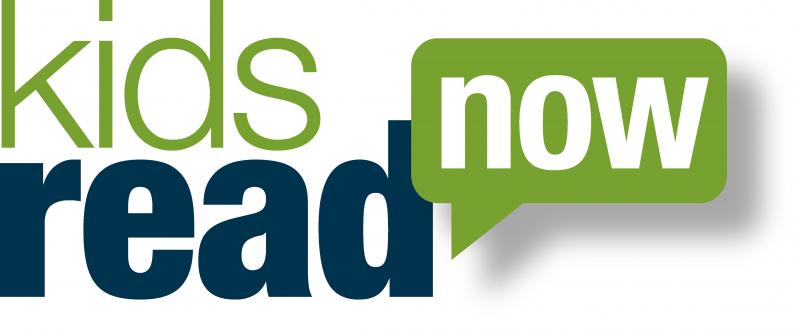Most educators are well aware of how important it is that students read proficiently by third grade. Kids who don’t are four times more likely to drop out of high school before earning a diploma -- a risk that increases among students who’ve spent at least a year living in poverty. Despite nearly universal agreement that third grade reading is a crucial benchmark, 2019 National Assessment of Educational Progress data found that about two-thirds of students are falling short.
A common solution to the challenge is to retain students who don’t achieve proficiency by third grade. To this end, 28 states have passed laws that require or allow retention. Retaining students comes with its own challenges, though, including increased cost to schools as well as lower self-esteem and more negative attitudes about education among students.
At Greenville City Schools, we believe a more constructive approach to the challenge is to identify and remove the roadblocks to reading that students face early in their academic careers. Here’s how we do it.
Helping Students Who Start School Behind Their Peers
The biggest barrier to reading we face in our district is students who begin school already behind their peers. Of course, very few students come to us in kindergarten as readers, but not all emergent pre-readers have the same skill set. Students from economically secure families tend to spend those preschool years in more literature-rich environments, with family members who have the time and resources to read to them.
That gap in experience directly translates into a gap in vocabulary, among others. When I was a kindergarten teacher, if I read my class a book that took place in a pasture, a student might not know the word “pasture” and could lose the whole meaning of the story.
To address the gap, we work on reading strategies throughout the day. Our literacy coaches provide plenty of professional development to classroom teachers, and we also provide reading recovery instruction for struggling students.


